DOES LOAD MANAGEMENT USING THE ACUTE: CHRONIC WORKLOAD RATIO PREVENT HEALTH PROBLEMS?

FEATURE/ Torstein Dalen-Lorentsen
Health problems are common among elite youth footballers, who experience similar injury and illness patterns and burden as senior professional players.1-3 Previous studies in elite youth football have found that at any given time of the season, the prevalence of health problems is over 40%.3 Loss of participation due to health problems can negatively affect the players’ performance,4 their health later in their career,5 6 and ultimately, their long-term development.7 Therefore, to enhance the players’ health and to develop better football players, preventive measures are important.
Recently, researchers and practitioners have increased their interest in training load as a risk factor for health problems in football,8 with numerous studies reporting an association between training load and injury.9-12 Consequently, training load monitoring and management has gained widespread popularity as a preventive measure in professional and elite youth football.8 13 There is currently no consensus on which training load parameters should be monitored, how their cut off values should be set and how load progression should be evaluated. Moreover, load management is performed in numerous ways, is often dictated by the philosophy of the club staff or manager, and has no consensus scientifically.8 13 In 2014, Hulin et al. proposed the concept of the Acute:Chronic Workload Ratio (ACWR), whereby an athlete’s recent training load (acute workload) is divided by their training load over a longer period of time (chronic workload).14 This metric is suggested to aid practitioners in managing training load within certain ranges.15 16 The initial concept was based on avoiding sudden spikes in training load, trying to keep ACWR within an arbitrary “optimal range” of 0.8 to 1.5.15 16 Observational evidence supporting an association between ACWR and injury is inconsistent and controversial,17-20 and there are no experimental studies to determine whether using ACWR to manage training loads actually prevents injury or illness. Therefore, we aimed to assess the effectiveness of an ACWR-based load management intervention on health problem risk among elite youth footballers of both sexes.
READ MORE – Members please log in
